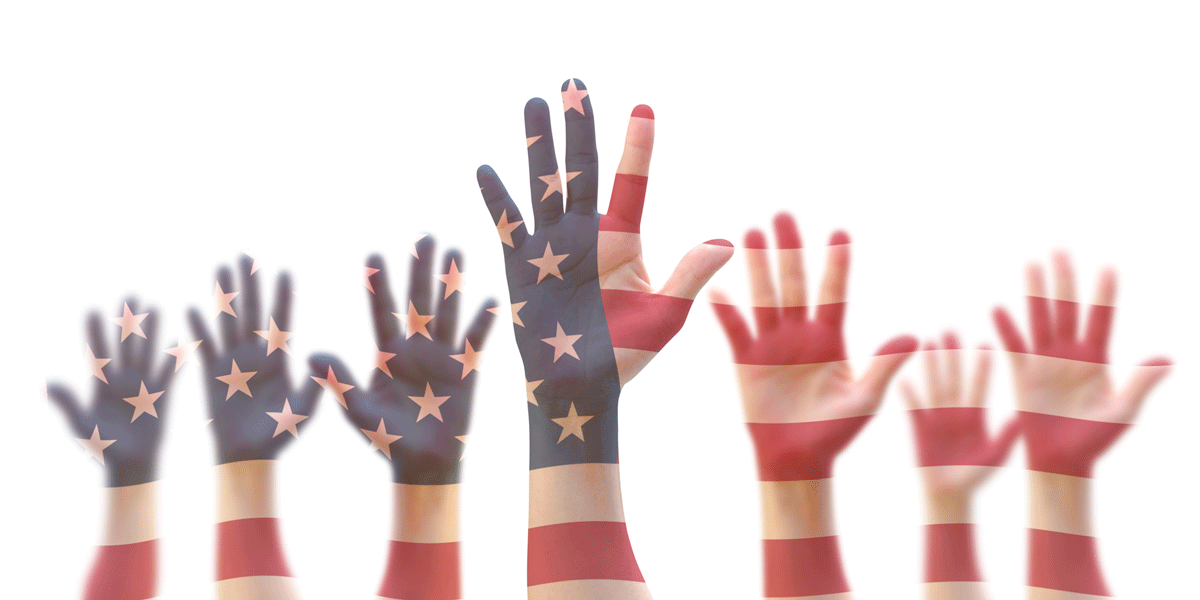The art of civil discourse is not an easy one. Some even avoid having civil conversations in a democratic society, due to the polarization of opinion in America today. In the age of social media, students are confronted with various examples of uncivil conversation. The examples range from opinionated blogs and videos to shouting matches. Avoiding difficult discussions, regardless of the topic, doesn’t provide our students with the “training wheels” necessary for navigating these conversations outside of our classrooms. What exactly is civil discourse?
By definition, civil discourse is the act of engaging in discourse intended to seek understanding. It’s the basis of helping people live peaceful lives with one another, even when they disagree. Some may see it as pleasantries or the need to be politically correct; but it can be a means to develop empathy, seek first to understand and then to be understood, and to expand our social context—which quite often reinforces our perspectives. Theo Wilson, our guest speaker during PlatFORUM, referred to this pipeline as informational silos. Those silos can make it difficult to know what the other opinions are, and we potentially miss the opportunity to find common ground through engaging in conversations across the divide.
Engaging in differences constructively can be challenging. Lilliana Mason, the author of Uncivil Agreement: How Politics Became Our Identity, asserts that part of the difficulty with having civil discourse is that so much of our personal and social identities are tied to our political affiliations. When our preferred candidate or issue loses, it can feel as though we lost. “People care a great deal about winning,” states Mason. “It takes us longer to read the information we don’t agree with because we want to be right.” We also care a great deal about belonging, or being part of a larger whole. Our identities and group victories matter.
Polarization, or “identity politics,” didn’t always exist in our society. Mason describes the time leading up to the Civil Rights Act of 1964 as an era of mixed cues, because it wasn’t always clear why voters should select one party over another. She gives the example that, even if a person wanted to vote for civil rights, there wasn’t a clear person to vote for to get that accomplished. The Civil Rights Act of 1964 started the alignment on racial issues. Mason believes that polarization can be a good thing. As the parties have worked to distinguish themselves from one another, they provide citizens with partisan cues.
At Colorado Academy, we try to leverage polarization beyond the world of politics in our discussions with students for a variety of reasons.
- We want to engage in differences constructively to broaden our perspectives and examine innovative solutions.
- We try to develop our ability to listen, because understanding helps to foster curiosity. It’s also an important skill for constructive conversations.
- We strengthen our ability to have empathy and humility without abandoning our views.
- We can learn how to become principal advocates, who can make our case based on merit, without attacking the character of the person who disagrees with us.
- We build stronger relationships and a community where people feel seen, heard, and valued.
Equity and inclusion exist when all voices are heard, and their inputs are valued. Our ability to be open to the perspectives of others enhances our sense of community and belonging.
